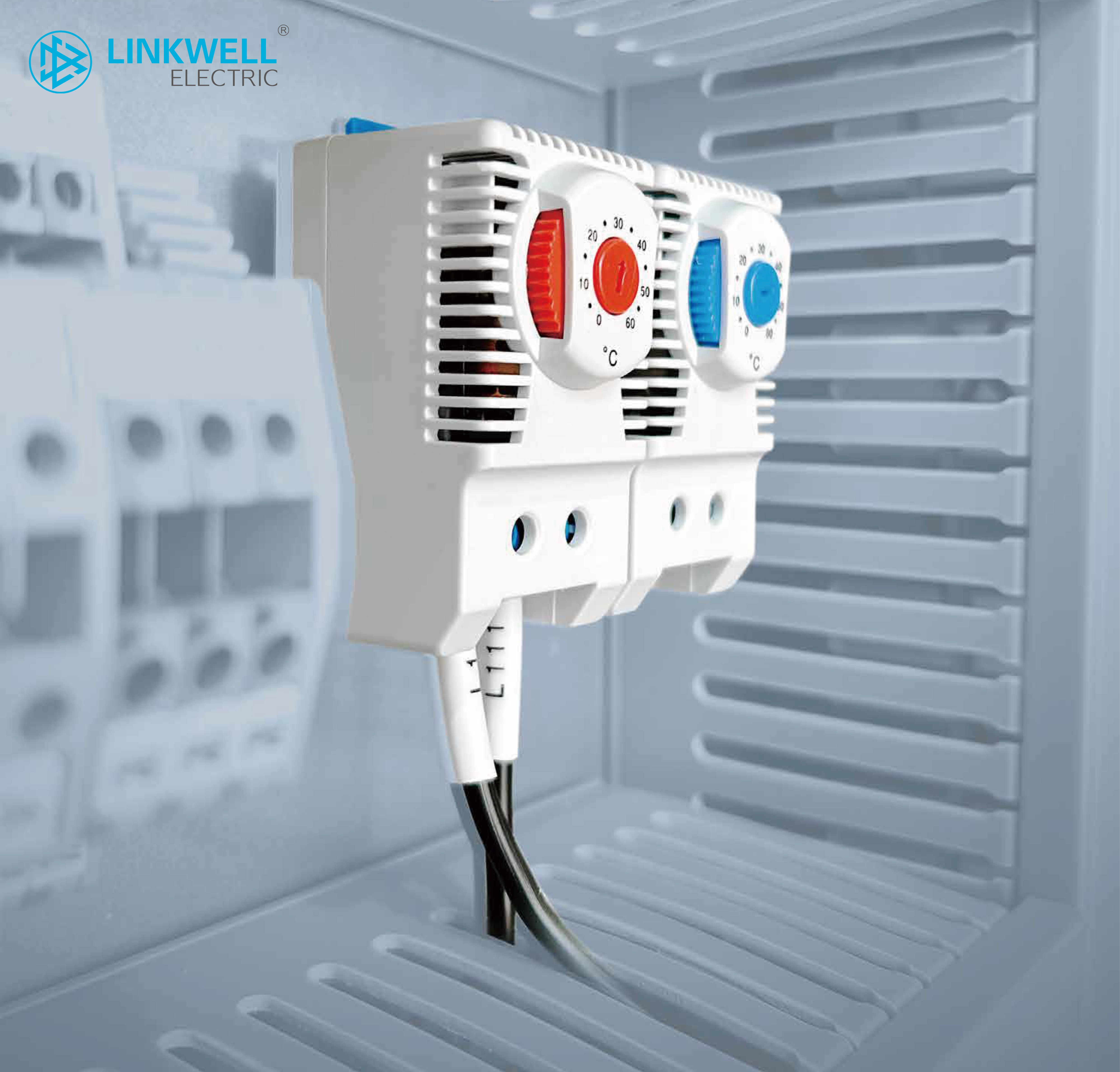How significant is the assistance provided by a cabinet thermostat to the cabinet?
By monitoring and regulating the temperature inside the cabinet, the cabinet thermostat ensures that electronic equipment operates within an optimal temperature range, thereby enhancing equipment stability and extending its service life. This device typically comprises temperature and humidity sensors, a controller, and actuators, allowing for intelligent adjustment of cabinet temperature and humidity based on measured data. When temperature or humidity exceeds the set range, the controller triggers actuators such as air conditioners or fans to regulate the cabinet's environment. This automated temperature management helps prevent damage to cabinet internal equipment caused by overheating or overcooling, while also avoiding issues like corrosion, mold growth, or deformation due to unsuitable humidity levels.
Furthermore, the cabinet thermostat enhances energy efficiency by minimizing unnecessary energy waste. For instance, during hotter seasons, when cabinet temperatures exceed the set range, the controller automatically activates the air conditioning for cooling. Conversely, in cooler seasons, if cabinet temperatures drop below the set range, the controller deactivates the air conditioning, thereby conserving energy.
The application of cabinet thermostats extends beyond mere protection of cabinet internals, embracing automation and intelligence for tailored adjustments based on diverse needs. For instance, for items requiring periodic moisture release, the controller can automatically adjust humidity according to a pre-set schedule within the cabinet. When cabinet temperature or humidity exceeds safe limits or preset values, the controller also alerts operators via an alarm system, enabling prompt action.
In conclusion, the cabinet thermostat, by providing a stable and suitable environment, safeguards stored items, boosts work efficiency and quality, and stands as an indispensable device in cabinet management.


